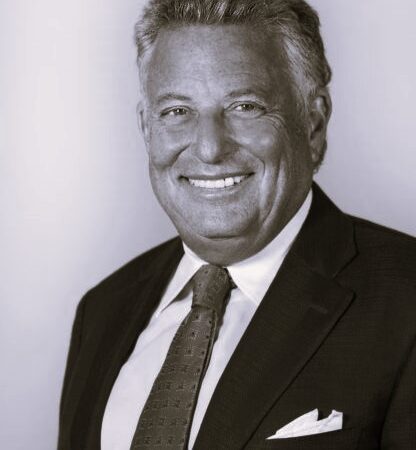Podcast Overview
Direct mail isn’t just for acquisition, it plays a crucial role throughout the marketing funnel.
Dave highlights how direct mail is highly effective in driving top-of-funnel acquisition and can also be utilised for customer engagement tactics in CRM at the bottom of the funnel.
Whether you are in consumer marketing or account-based marketing, direct mail can be a valuable tool to enhance your overall marketing strategy.
eCom@One Presents
Dave Fink
Dave Fink is the CEO and Co-Founder of Postie, a marketing technology that has transformed Direct Mail by enabling it to perform like a digital channel. He has extensive background in digital marketing and has worked with platforms like Facebook and Google.
In this podcast, Dave shares his insights on the evolving world of marketing, from the frustrations marketers faced with algorithm changes and rising Ad rates to the need for innovation in offline channels like direct mail.
He also discusses the power of personalised packaging, the challenges and benefits of direct mail campaigns and the changing economic environment for marketers. Join us as they dive into the importance of differentiation, customer communication and measurement in this ever-changing landscape.
Topics covered:
1:02 – How and why Dave built his business
3:26 – Untapped opportunities in marketing with direct mail
10:45 – Control, brand, storytelling, experts, direct mail, scalable, reach
14:14 – Direct mail effective for the agency’s sales process
18:22 – Different layers for clean measurement of Ads
22:28 – Direct mail is effective for customer acquisition and engagement
30:18 – Build customer loyalty with consistent communication
32:02 – Brands with personalised packaging increase customer loyalty
36:50 – Direct mail requires planning and measurement. Start with a hypothesis, know your audience and use what works in other channels
41:13 – Marketing in tough times requires innovation
44:59 – Book recommendation

